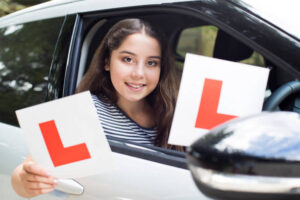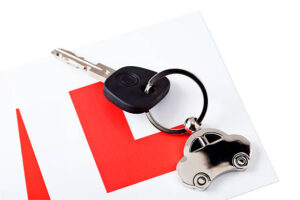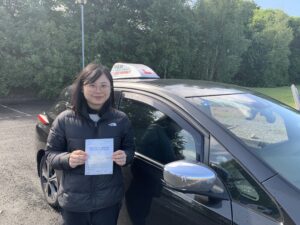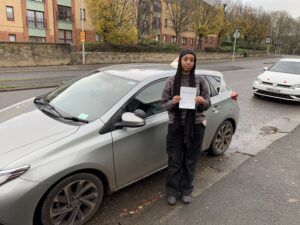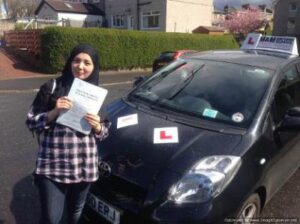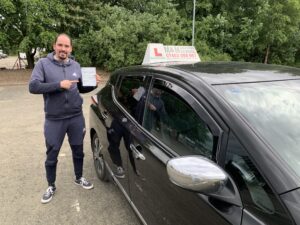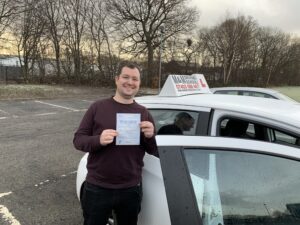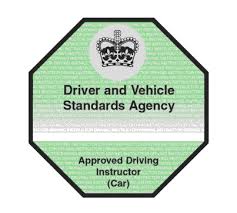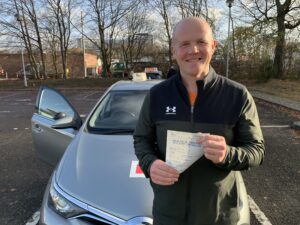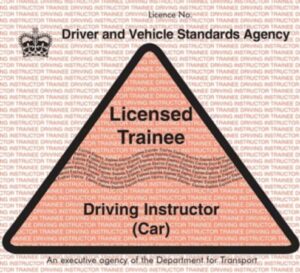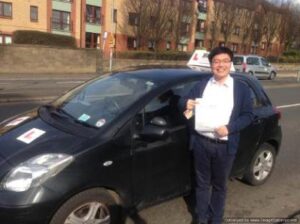Upcoming Changes to Driving Test Rules: A Crackdown on Bots and Reselling Practices.
In a significant move to enhance the fairness and accessibility of the driving test system, the Driver and Vehicle Standards Agency (DVSA) is preparing to implement changes aimed at curbing the illegal practice of automated bookings by bots. https://mmdrivingschools.co.uk/
This effort comes in response to growing concerns over the increasing difficulty that genuine learners face in securing test slots.
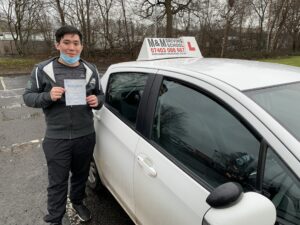
Every week, the DVSA releases a number of driving test slots to the public. Unfortunately, these slots are often snatched up almost immediately by automated systems—bots—designed to exploit the booking process. The result is a landscape where aspiring drivers struggle to find available tests, only to discover that many slots are being resold at exorbitant prices by third-party companies.
Reports indicate that the surge in driving test prices has been largely associated with a practice known as test swapping. Although some swaps are legitimate and intended to accommodate the needs of learners, a disturbing trend has emerged since the onset of the Covid pandemic. Bots and unscrupulous operators are using the system’s flexibility to their advantage, buying up tests en masse and creating significant barriers for those who are genuinely trying to secure their driving licenses.
The DVSA’s forthcoming revisions to the rules on driving tests aim to mitigate these challenges and protect the interests of true learners. By cracking down on the misuse of automated booking systems and the resale of test slots, officials hope to restore fairness and transparency to the process.
As these changes unfold, it will be crucial for learners to remain informed and vigilant. Adapting to new rules may take time, but the goal is clear: to create an equitable environment where everyone has an equal opportunity to earn their driving privileges. By tackling the exploitation of the system, the DVSA is taking a firm stand against practices that compromise the integrity of the driving test experience. https://mmdrivingschools.co.uk/contact-us/
For those currently in the process of preparing for their driving tests, it remains essential to stay updated about any announcements from the DVSA and to approach the test booking process through official channels to avoid falling prey to bots and resellers. By working together, we can ensure that the path to obtaining a driver’s license remains open and accessible for all. https://mmdrivingschools.co.uk/approved-driving-instructors-vs-trainee/

